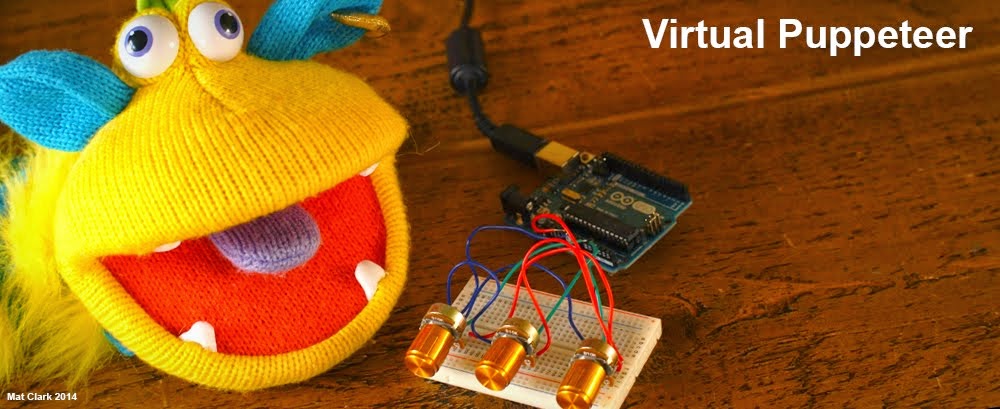The mesh is very straight forward and is bound to a minimal rig, the image below illustrates the construct of the model.
I made some adjustments minor adjustments to the length and the density to the fur feedback once it and the Antron shader were applied to the mesh in order to make it fit better and while there is still some room for improvement I feel that the effect, when rendered, is quite convincing.
While I rather like the aesthetic of the puppet, looking solid as though it is made from skin, muscle and bone, I would still prefer it to appear to appear like it is made from puppet making materials. To achieve this I need to think about the way that Antron hangs and reacts to motion and I will be looking at a number of techniques, including sculpting, blendshapes and cloth simulation, in order to determine the best solution for this problem before I commit to building my final puppet..
Have a Happy Christmas,
Mat :)






useMeToo.jpg)




